Supervolcanoes are nature’s sleeping giants, capable of unleashing unimaginable power. While rare, their eruptions can reshape our planet and life as we know it. Let’s explore 15 chilling effects a supervolcano eruption could have on our world.
Massive Ash Clouds Darken Skies
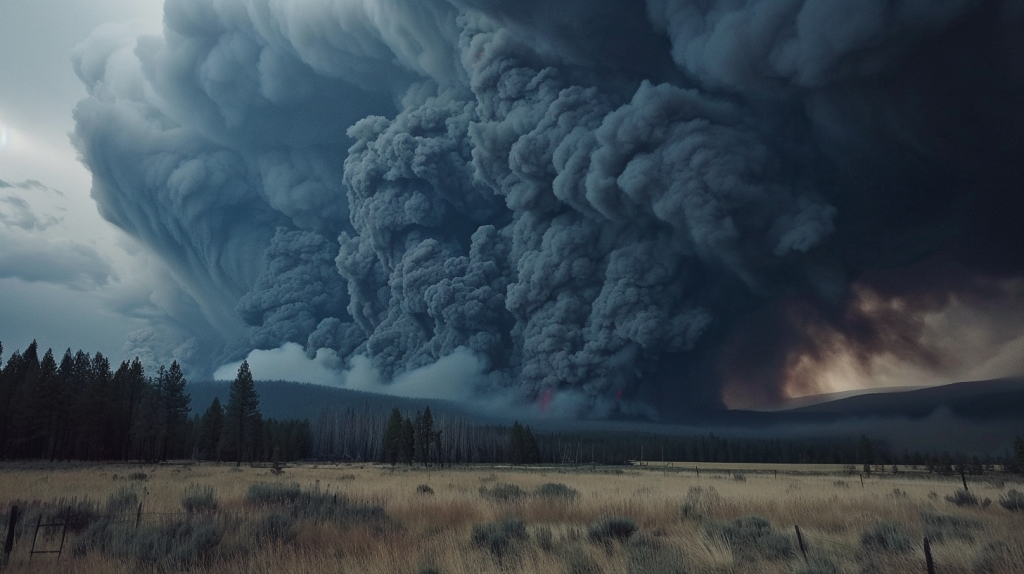
When a supervolcano erupts, it spews enormous amounts of ash high into the atmosphere. This ash can spread over vast areas, blocking out sunlight and plunging regions into darkness. Imagine days or even weeks without seeing the sun. Plants would struggle to grow, and temperatures would drop dramatically. It would feel like living in a gloomy, never-ending twilight.
Breathing Becomes Dangerous
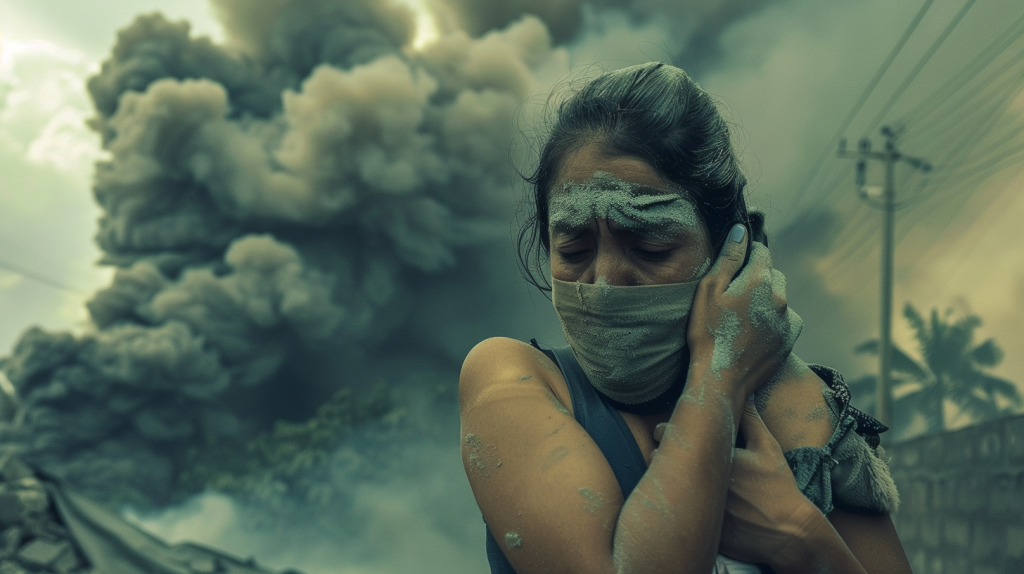
The air would fill with tiny ash particles, making it hard to breathe. These particles can irritate lungs and cause serious health problems. People with asthma or other respiratory issues would be at high risk. We’d need to wear masks or stay indoors to avoid breathing in the harmful ash. Clean air, something we often take for granted, would become a precious resource.
Crops Fail Worldwide
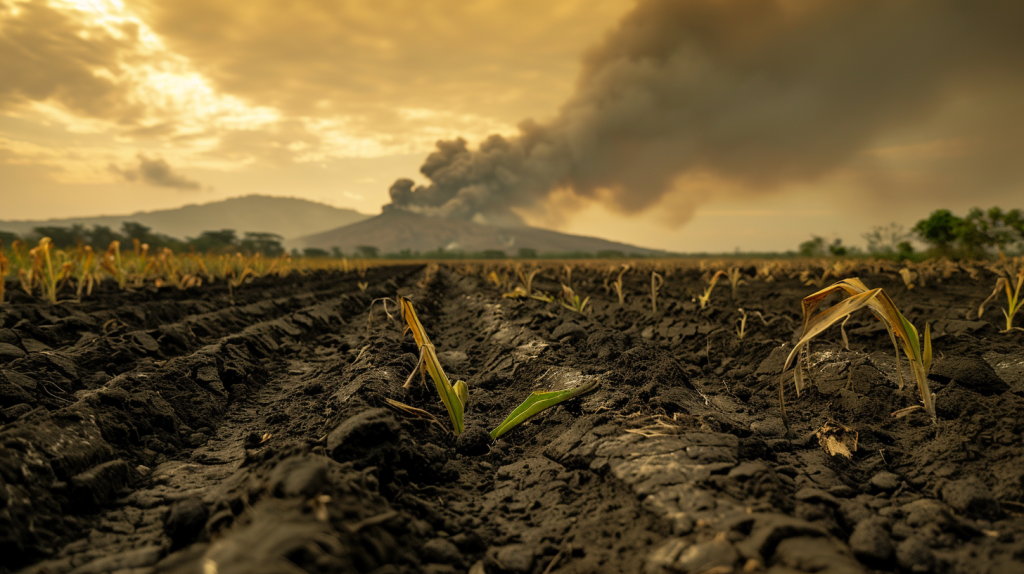
With less sunlight and ash-covered fields, growing food would become extremely difficult. Crops could fail on a global scale, leading to food shortages. The ash would also make soil too acidic for many plants to grow. We might need to rely on indoor farming or food stockpiles. The way we eat and what we eat could change dramatically.
Global Temperatures Plummet
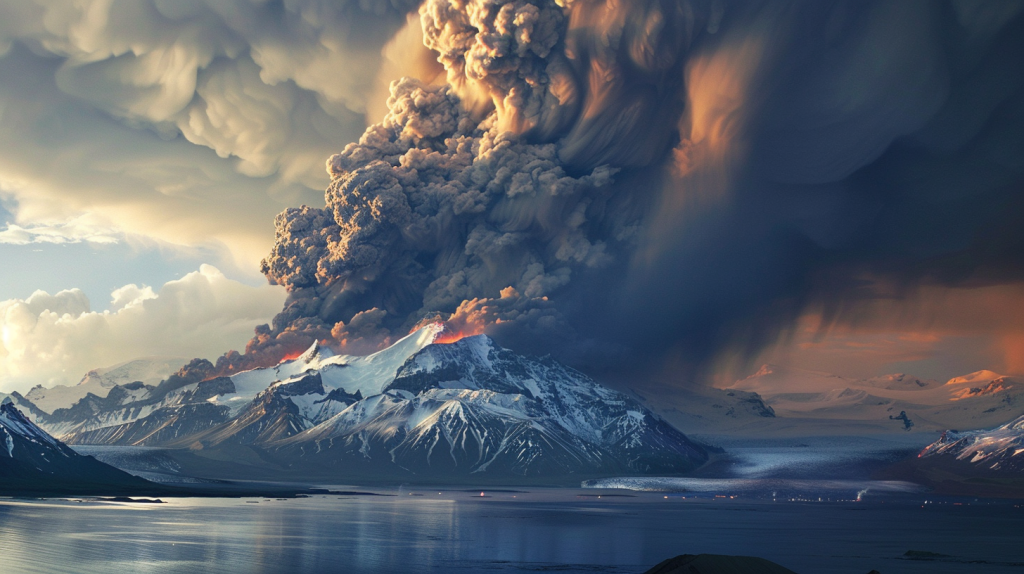
The ash cloud would reflect sunlight back into space, causing a phenomenon known as volcanic winter. Global temperatures could drop by several degrees. This might sound small, but it’s enough to disrupt weather patterns worldwide. We’d face colder summers and harsher winters. Some regions might experience year-round frost, making life incredibly challenging.
Water Sources Become Contaminated
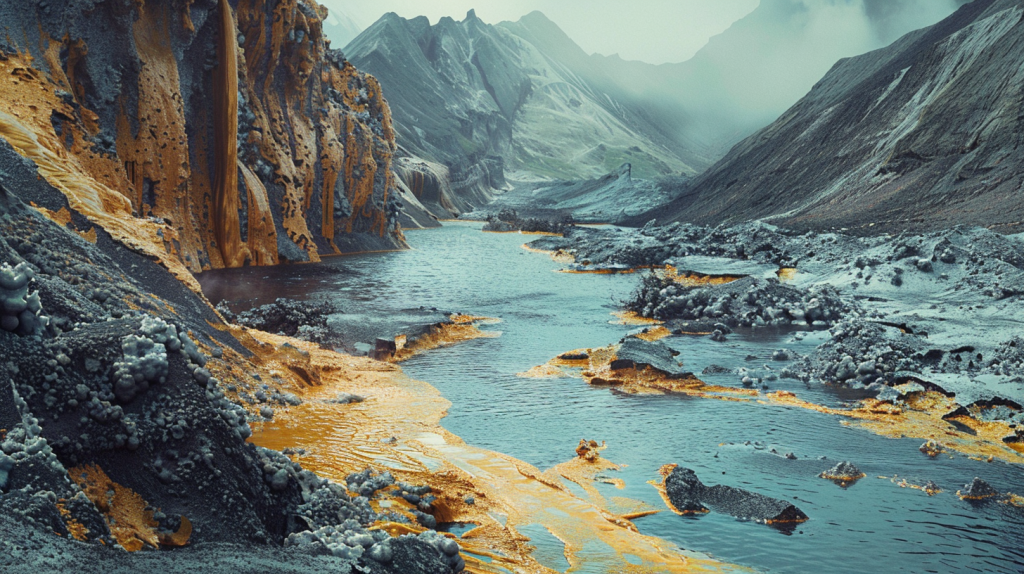
Ash and acidic rain would pollute rivers, lakes, and reservoirs. This could make much of our drinking water unsafe. Water treatment plants might struggle to cope with the increased pollution. We’d need to be extra careful about water purification. Access to clean water, crucial for survival, would become a major concern for many.
Transportation Grinds to a Halt
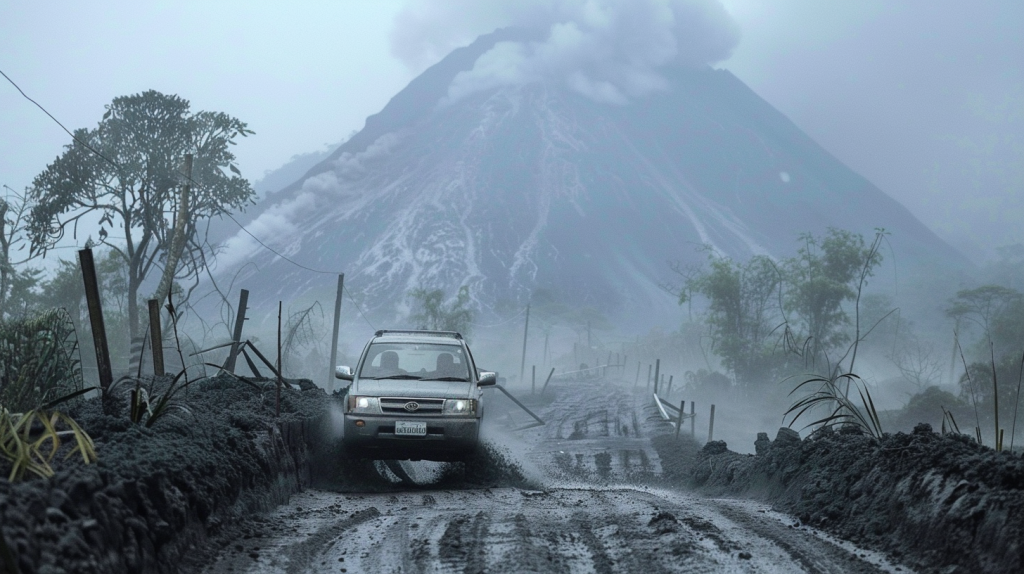
Thick ash can clog engines and make roads slippery. Airplanes would be grounded due to poor visibility and the risk of engine failure. Ships might struggle to navigate ash-covered waters. Getting around, whether for daily life or evacuations, would become much harder. We’d need to adapt to a world where travel is limited and unpredictable.
Electronic Devices Fail
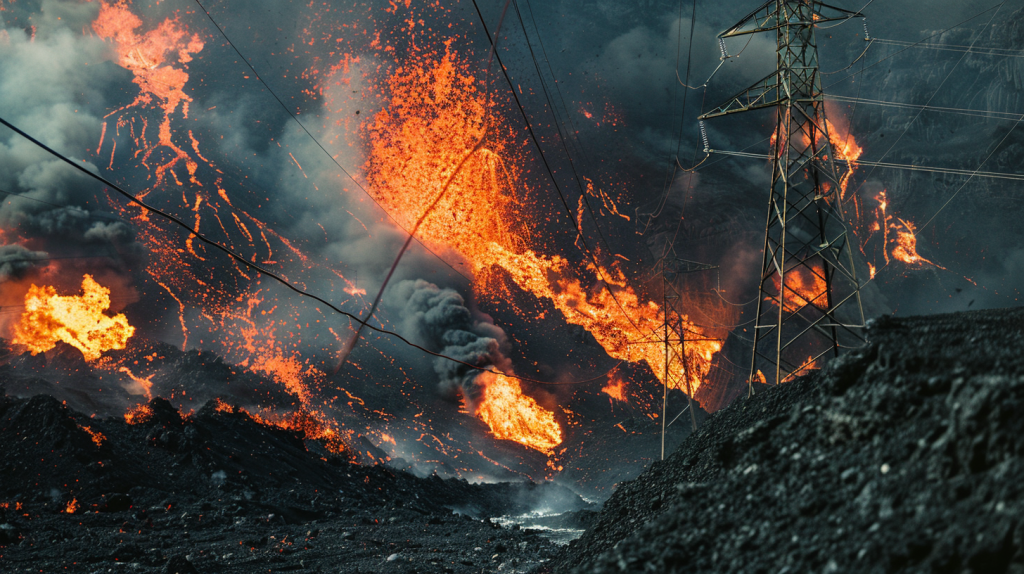
Ash is not just dirty; it’s also electrically conductive. This means it can short-circuit electronic devices. Computers, phones, and other gadgets we rely on daily could stop working. Power grids might fail, leading to widespread blackouts. We’d suddenly find ourselves living in a much less connected and technologically advanced world.
Buildings Collapse Under Ash Weight
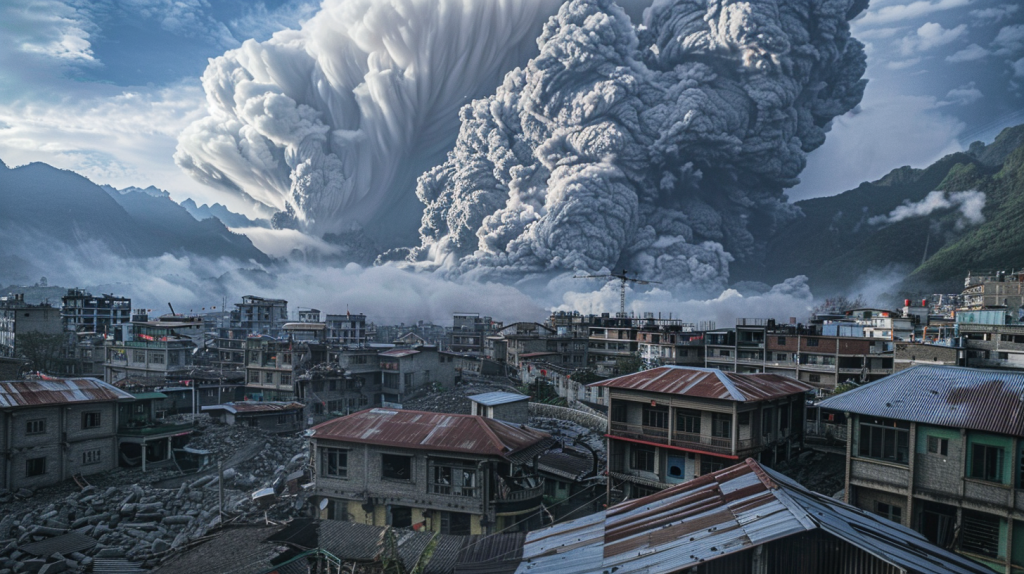
It’s easy to underestimate how heavy ash can be, especially when wet. The weight of accumulated ash could cause roofs to cave in. Entire buildings might collapse, especially in areas close to the eruption. We’d need to regularly clear ash from rooftops to prevent damage. Our homes and cities would require constant maintenance to remain safe.
Ecosystems Face Massive Changes
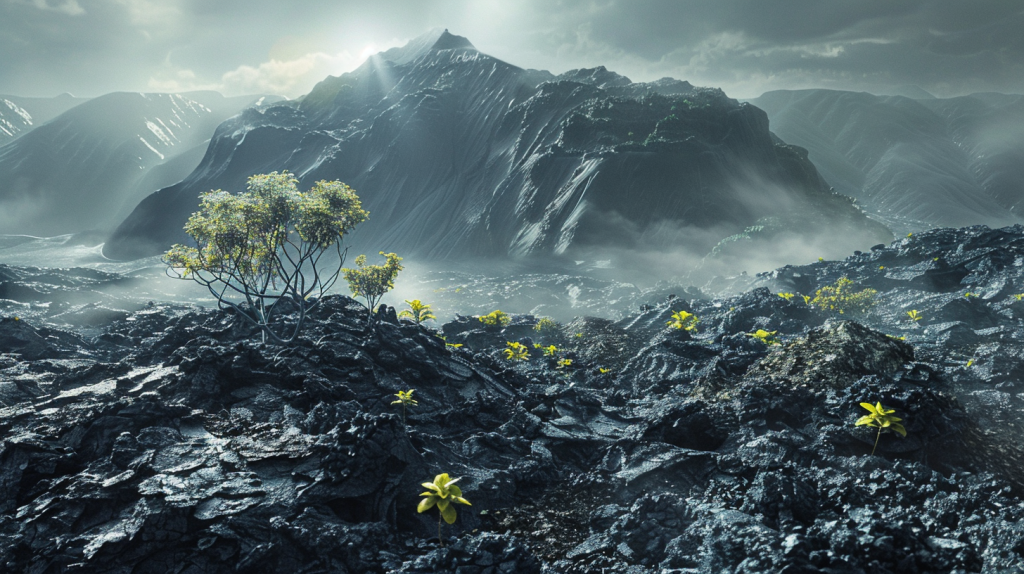
The ash and climate changes would reshape ecosystems worldwide. Many plants and animals would struggle to survive in the new conditions. Some species might go extinct, while others could thrive in unexpected ways. The natural world as we know it would undergo rapid and dramatic changes. We’d witness evolution happening in real-time.
Global Economy Crumbles

The widespread disruption would cause economic chaos. Industries like agriculture, transportation, and tourism would be hit hard. Many people could lose their jobs. The global supply chain would break down, making it hard to get essential goods. We might need to return to more local, self-sufficient ways of living.
Health Services Become Overwhelmed

Hospitals would face a surge of patients with respiratory problems and injuries from collapsing buildings. At the same time, they’d struggle with power outages and supply shortages. Getting medical help could become extremely difficult. We’d need to rely more on basic first aid and community care networks.
Mass Migrations Begin
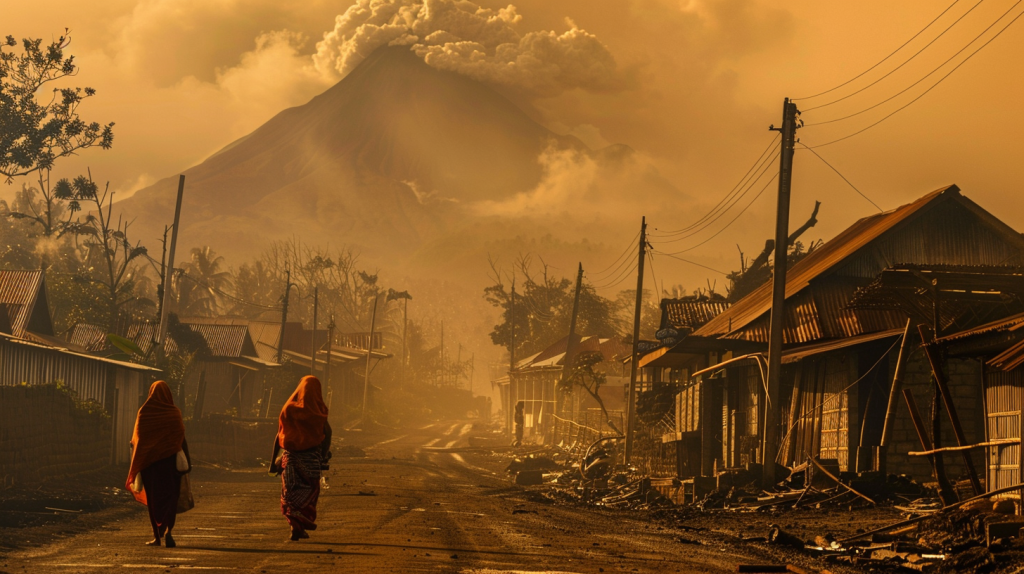
Areas close to the eruption would become uninhabitable. This could force millions of people to leave their homes. Neighboring regions would face an influx of climate refugees. This mass movement of people could lead to social and political tensions. We’d need to find ways to accommodate and support large numbers of displaced individuals.
Communication Networks Break Down
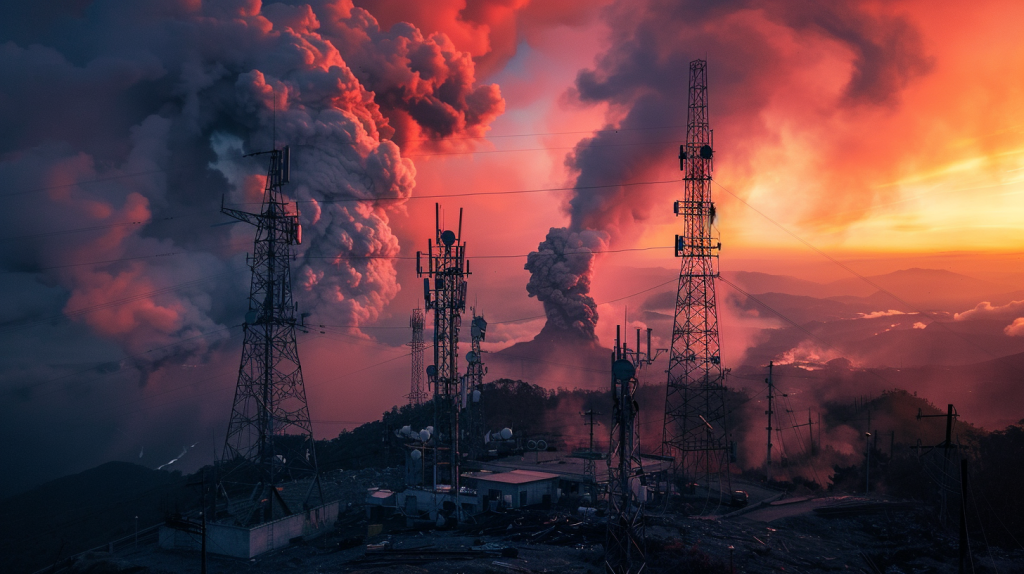
Ash could damage cell towers and satellite dishes. Internet cables might be cut by earthquakes associated with the eruption. Staying in touch with loved ones or getting news updates could become challenging. We’d need to develop alternative ways to communicate and share information, perhaps returning to older technologies like radio.
Weather Patterns Go Haywire
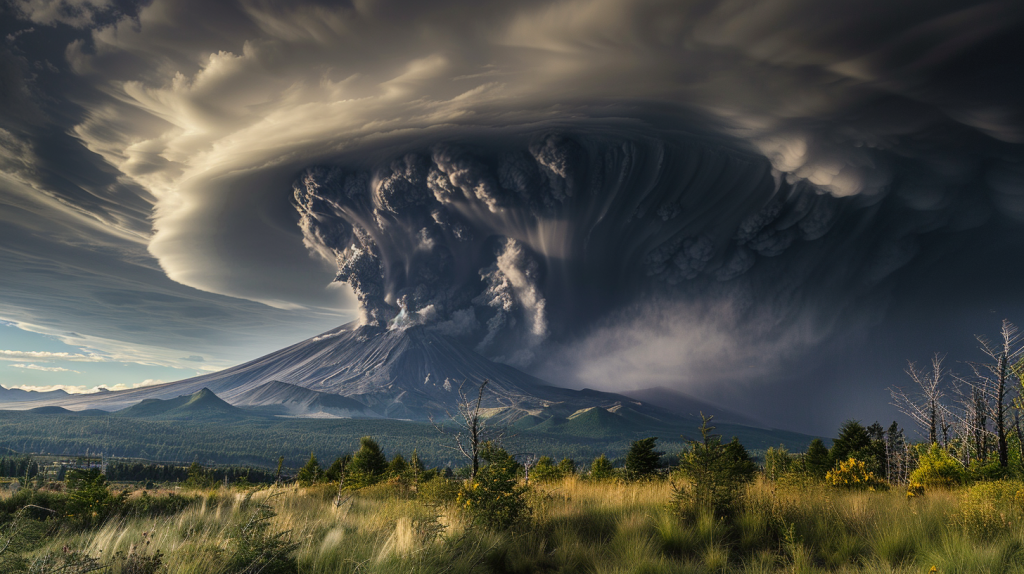
The volcanic winter wouldn’t just make things colder. It would disrupt global wind and rain patterns. Some areas might face severe droughts, while others experience constant storms. Predicting weather would become much harder. Farmers would struggle to know when to plant crops. We’d need to become much more adaptable to sudden weather changes.
Recovery Takes Decades
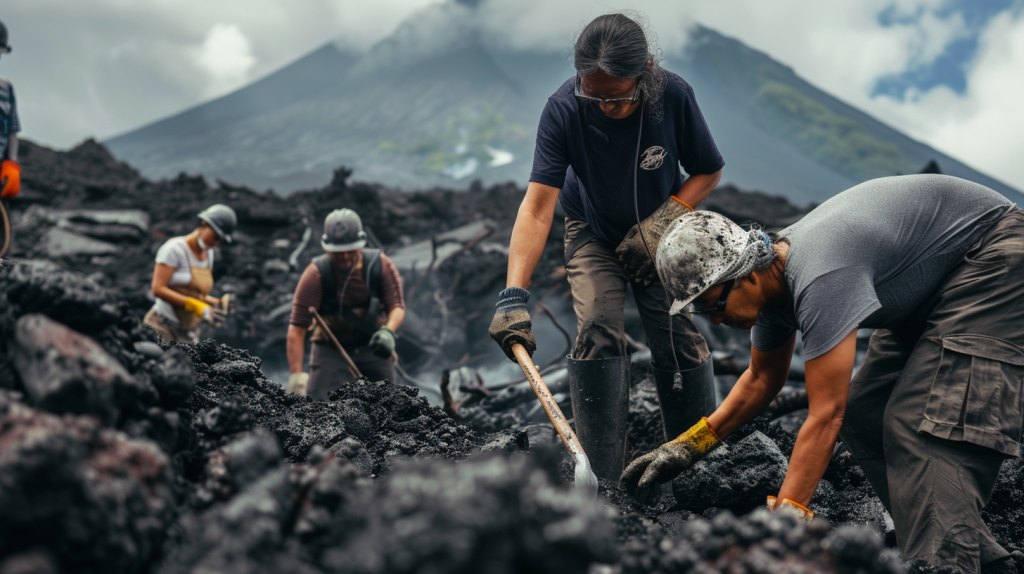
Even after the immediate danger passes, the effects of a supervolcano eruption would linger for years or decades. Ash would continue to cause problems long after it stops falling. The climate would take time to stabilize. Ecosystems and economies would slowly rebuild. We’d be living with the consequences of the eruption for generations, adapting to a changed world.
Katy Willis is a writer, master herbalist, master gardener, and certified canine nutritionist who has been writing since 2002. She’s finds joy in learning new and interesting things, and finds history, science, and nature endlessly fascinating.
